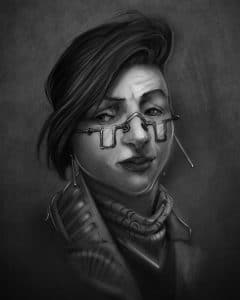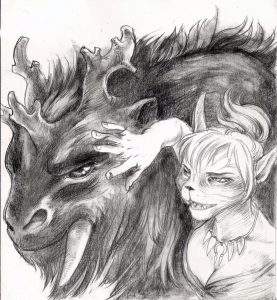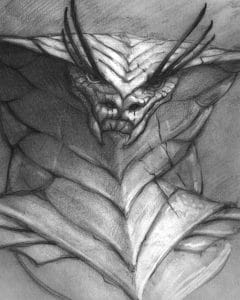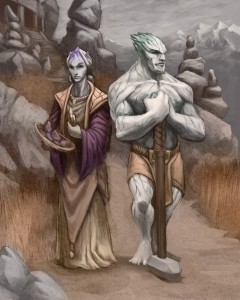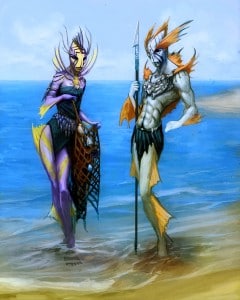The next day
It’s busy outside!
They’ve fed me twice now. Not nearly enough. The blood on my head has dried and, as best I can tell from feeling around, the wound doesn’t seem deep. There’s no mirror in my accommodations. Oh my, I’m shocked!
The head still hurts, though. I need to see someone about that. Good luck to me!
I can’t see anything from this room. The only light I have comes through a slit in the door, so I can’t tell if it’s day or night. I sleep, but don’t know for how long. Totally lost track of the days. Damn! And, damn, again! I don’t like being kept in the dark — physically or, well, any other way!
Writing helps. Focuses the mind.
I can hear sounds from outside the room, and outside the building, or whatever it is I’m in. They’re muffled so I’m guessing I’m under street level. I could hear carts and horses and something like a small herd of animals (I think maybe phrellas) passing through and some shouting like folk driving them. It seems busy. Well, busy for Partameer, which isn’t saying a lot. I think I might be somewhere near the western edge of town. There’s phrellas ranches in that area.
My jailers aren’t very talkative. I tried getting some conversation going earlier today when they gave me my food (breakfast?). All I got in return was a grunt. I provided some choice words in response, and then I got some choice words back. Three to be precise. I’ve had better insults.
The speaker had a heavy accent. The language sounded a bit like Brutach, the native ushen language. Okay, maybe I’m getting somewhere. Just not very fast, though.
I’ve looked over the room pretty thoroughly by now. The walls are hard clay, probably over some kind of brick. Plenty sturdy, though they could use a good cleaning. The floor is hard-packed dirt. No way to dig without being noticed, but I’m trying it anyway.

